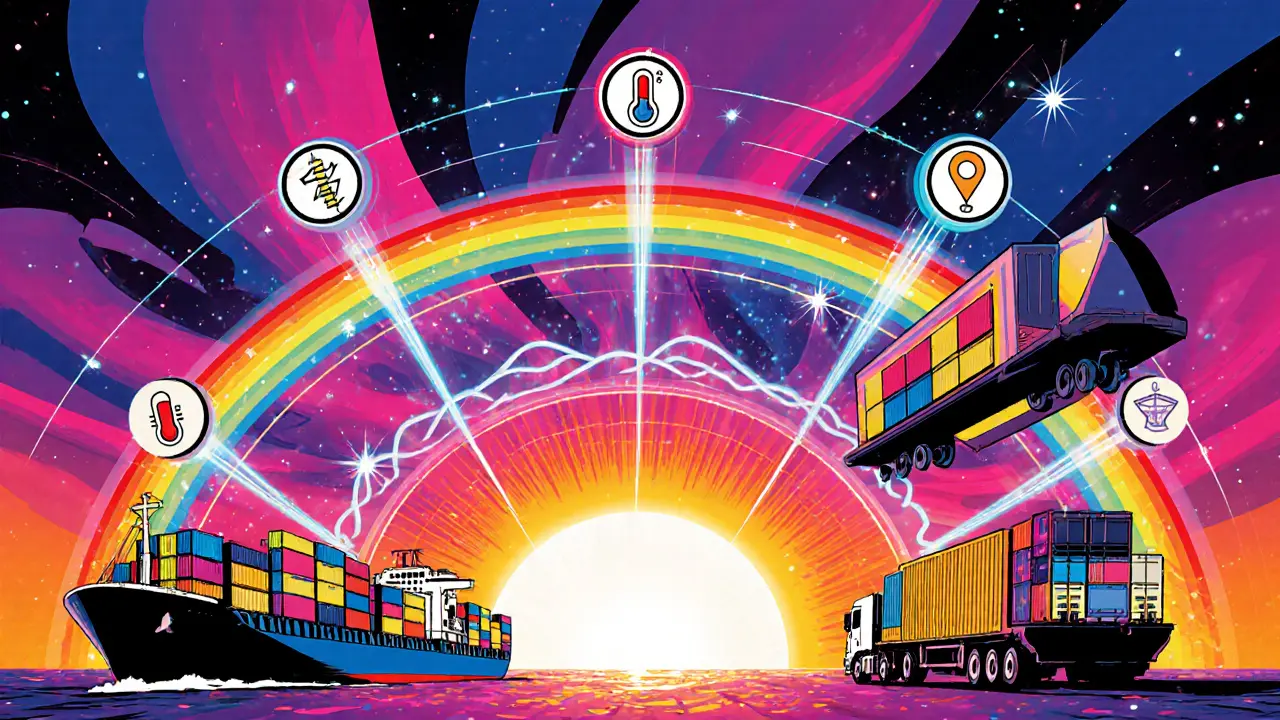Traceability in Crypto and Tokenized Finance
When you look at traceability, the ability to follow assets, data, or transactions from their origin to final destination on a blockchain. Also known as chain provenance, it provides a clear audit trail for anyone interested in transparency. In the crypto world, on-chain transaction tracing, techniques that map fund flows across addresses and networks is the core method that makes traceability possible. The same concept powers carbon credit tokenization, the conversion of emission offsets into tradable blockchain tokens and real estate tokenization, splitting property ownership into fractional digital assets. All these pieces work together so you can verify where a token started and where it ends up.
Why traceability matters today
In plain terms, traceability encompasses on-chain transaction tracing, which means you can follow each hop of a crypto transfer right down to the wallet address. It also requires solid blockchain analytics, software that parses ledger data, visualizes flows and flags suspicious patterns. Without analytics, the raw ledger is just a list of numbers; with it, you get an understandable story. This story is useful for traders, regulators, and anyone who wants to prove that a token’s journey is clean.
For climate‑finance projects, traceability is the backbone of carbon credit tokenization. When a company buys a token that represents a metric‑ton of CO₂ avoided, the token’s history shows exactly which project generated the offset, how many were issued, and whether they have been retired. That level of detail builds trust in the market and prevents double‑counting, a problem that has plagued traditional carbon markets.
Real‑estate tokenization follows the same logic. Each fractional token is tied to a legal claim on a property, and traceability lets investors see the chain of custody from the original deed to the current holder. When a token is transferred, the blockchain records the move instantly, reducing paperwork and cutting settlement time from weeks to minutes. This transparency also helps auditors verify that the underlying asset still exists and is properly insured.
Regulators are catching up fast. In the EU, MiCA requires issuers to keep a verifiable audit trail for every tokenized asset. In the U.S., the SEC looks for clear provenance when evaluating whether a token is a security. Both regimes rely on traceability to enforce anti‑money‑laundering (AML) rules and to protect investors. For businesses, this means integrating compliance‑ready tracing tools early in the development cycle.
Looking ahead, AI‑driven graph learning is turning traceability into a predictive tool. Instead of just mapping past transfers, advanced models can flag likely illicit routes before money reaches a black‑hole address. This shift turns traceability from a reactive safety net into a proactive defense, especially valuable for high‑value DeFi protocols and NFT marketplaces.
If you’re ready to boost your own project’s credibility, start by choosing a blockchain analytics provider that supports the networks you use, document token issuance rules in smart contracts, and publish a public ledger view for your community. Simple steps like these turn a vague promise of transparency into a measurable, auditable reality. From here you’ll find a curated list of articles that dive deeper into each of these topics—whether you want a hands‑on guide to transaction tracing tools, a case study on carbon credit tokenization, or a walkthrough of real‑estate token issuance. Explore the collection below to sharpen your traceability game and stay ahead of the curve.
Top Supply Chain Blockchain Use Cases: Real-World Examples & Benefits
Explore real-world supply chain blockchain use cases, from traceability and cold‑chain monitoring to automotive parts provenance, and learn the benefits, costs, and steps to implement.
